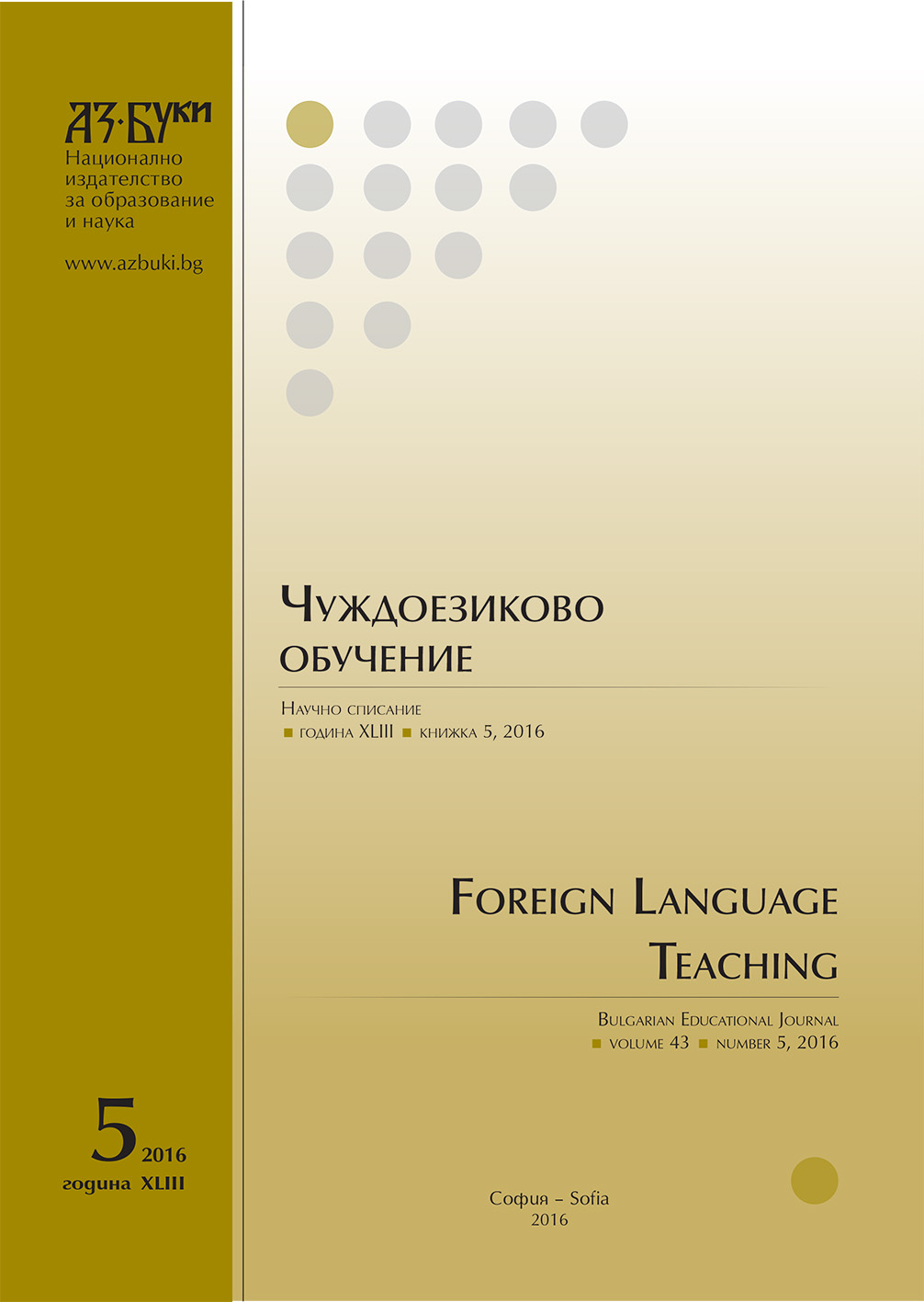
We kindly inform you that, as long as the subject affiliation of our 300.000+ articles is in progress, you might get unsufficient or no results on your third level or second level search. In this case, please broaden your search criteria.


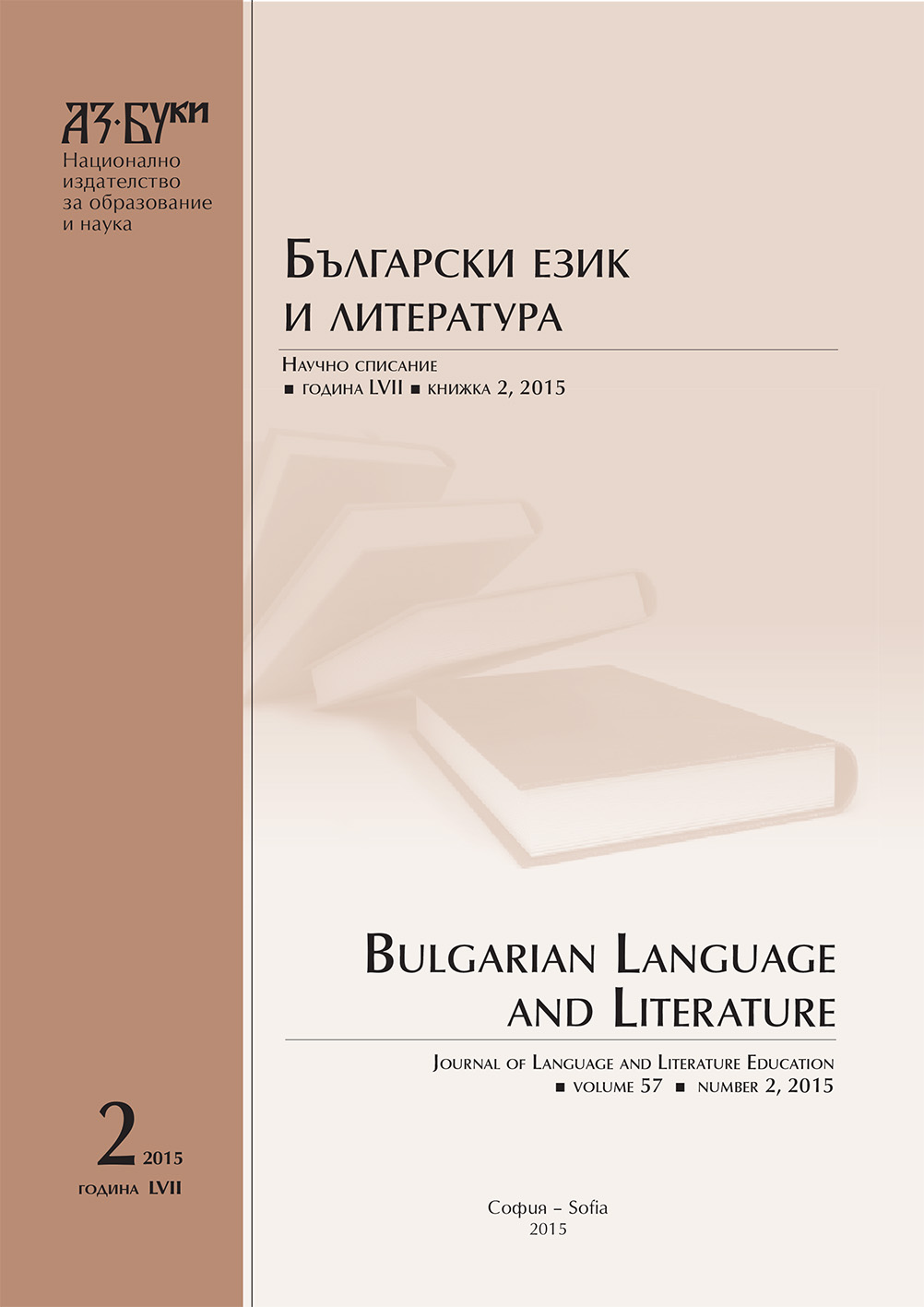
Although the language of Bulgarian ethnos in Ukraine functions separately from the literary one, it not only survived but remains the main means of communication of six generations – from the time of migration up to present day. The article shows three aspects of the problem: ethnolinguistic, sociolinguistic and communicative aspects of theBulgarian language functioning in Ukraine. Most attention is paid to the communicative aspect because it is the basis of language teaching.
More...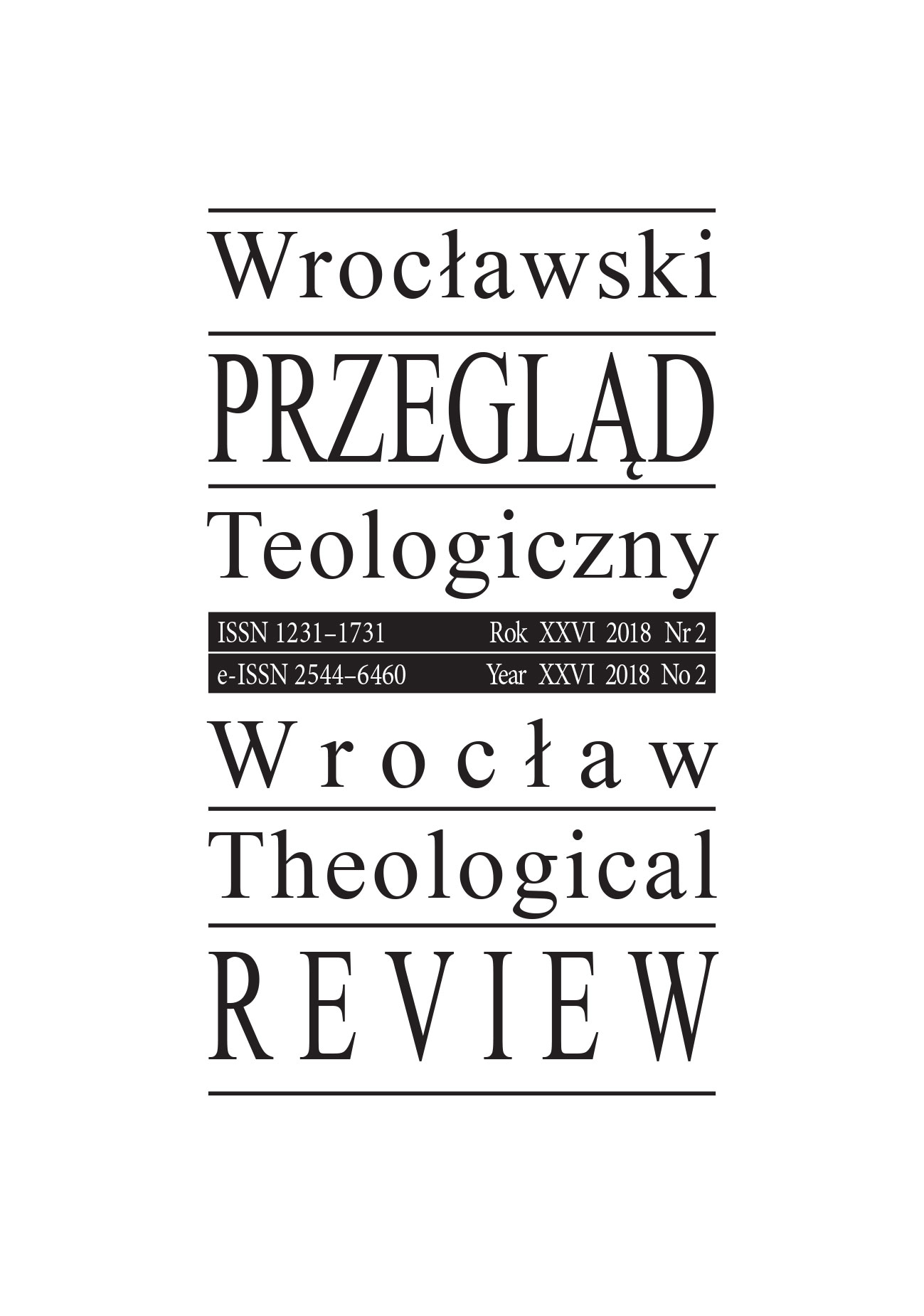
The aim of the article is to show the role medieval Polish translations of The Psalter (the Saint Florian Psalter, the Pulawski Psalter, the Cracow Psalter) played in shaping the Polish Psalter and biblical style, as well as to point out their stylistic influence on later Renaissance translations of The Book of Psalms and free translations (the Psalter by Walenty Wróbel, the David’s Psalter by Mikołaj Rej). The analyses show meticulous, conscious work of medieval translators done in order to shape the stylistic and linguistic layer of the translation. They also deal with the translators’ efforts and stylistic choices, such as conscious archaization or synonymy, that often are the effect of abandoning literal translation, which is against popular views of only word-for-word, mechanical translation of Latin Vulgate. The analyses indicate that the process of creating native biblical style of poetry is reflected in the earliest translations and editions of The Book of Psalms. Some of its features are preserved in Renaissance translations despite the revolution which happened in Polish biblical texts due to the Reformation and Humanism.
More...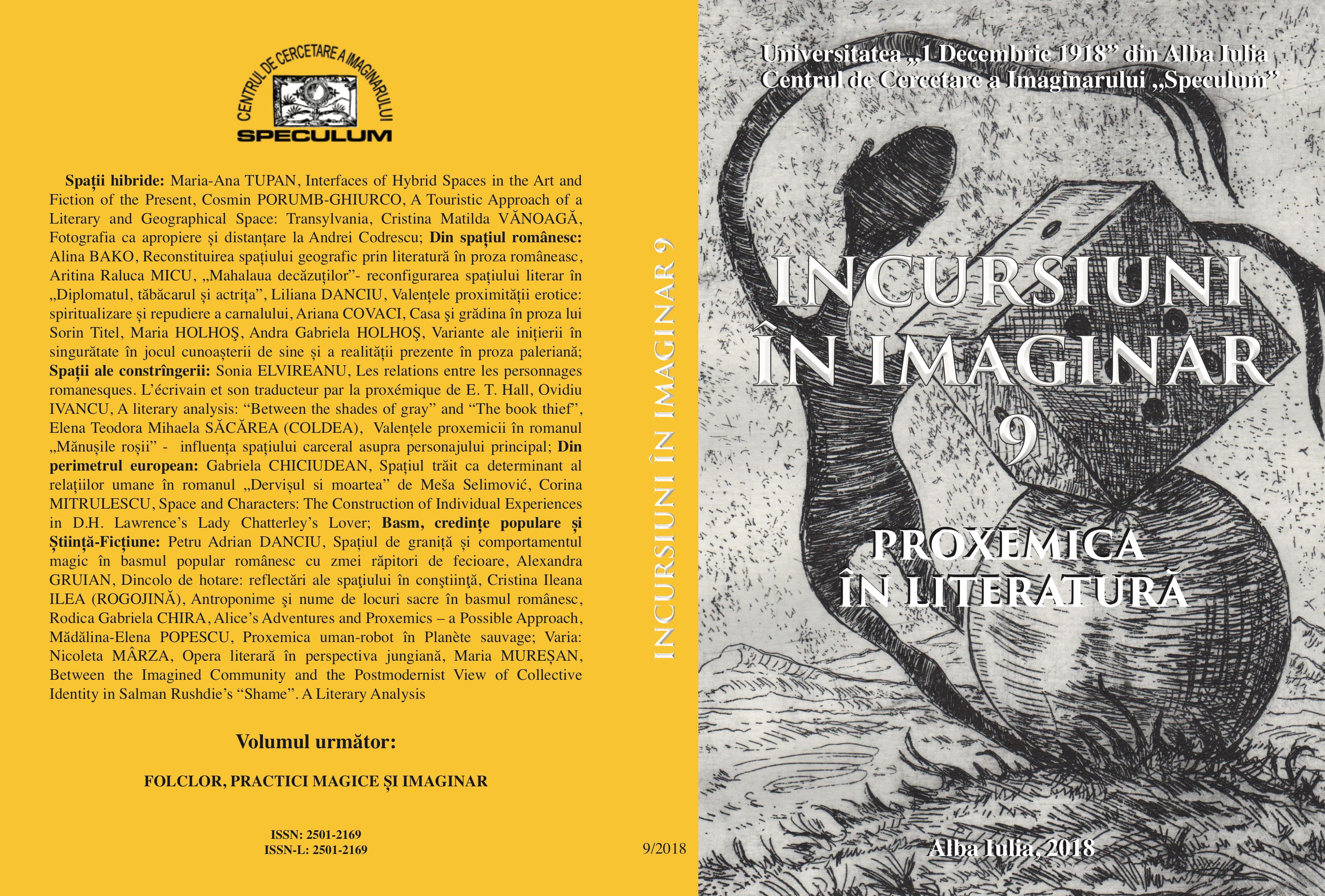
The problematic of space and character has been of constant interest to us and, along the way, we have approached the subject of both space and literary character in different studies. Now we wish to underline the connection existing between the space of the text and the characters of Meša Selimović’s novel, “Death and the Dervish.The idea of proxemics, which deals with the study of the correlations between the two major categories of the literary text, namely the text and the characters, when applied to literature, such a privileged space of the imaginary, serves to prove that, within the text, the characters are self-constructed according to their available playing space, whereas the space has its own specific characteristics and is symbolic only if perceived as such by the same character. Space is a place of experiences, of encountering the other, both in a private and a social setting. Obviously, such an analysis is not exhaustive, it is only one step, but a step that offers possibilities and opens the way towards surprising analyses. We have always been tempted by this subject primarily because the issue of space and time continues to attract and provoke, as proven over the years by the multitude of published works and conferences on the chronotope.
More...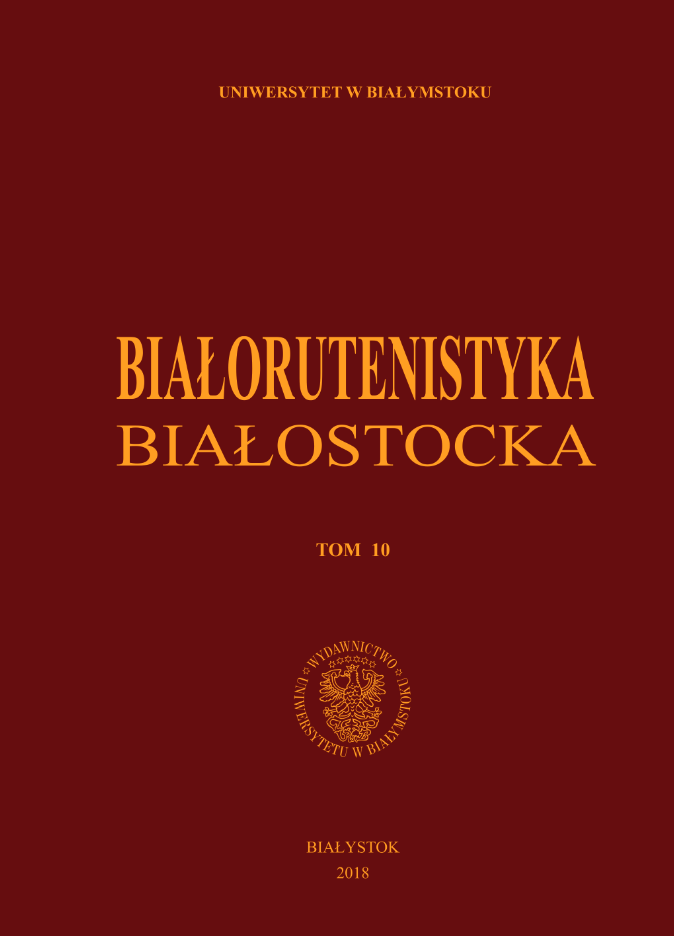
In this article, the artistic features of two camp stories by Lukash Kalyuga “Дзе косцi мелюць” and “Зэнка малы нiколi не быў” are analyzed. The author examines the identification of the national character, culture, life of the Belarusian people. The work presents their psychology in the early twentieth century, their defining mental features, both positive and negative.
More...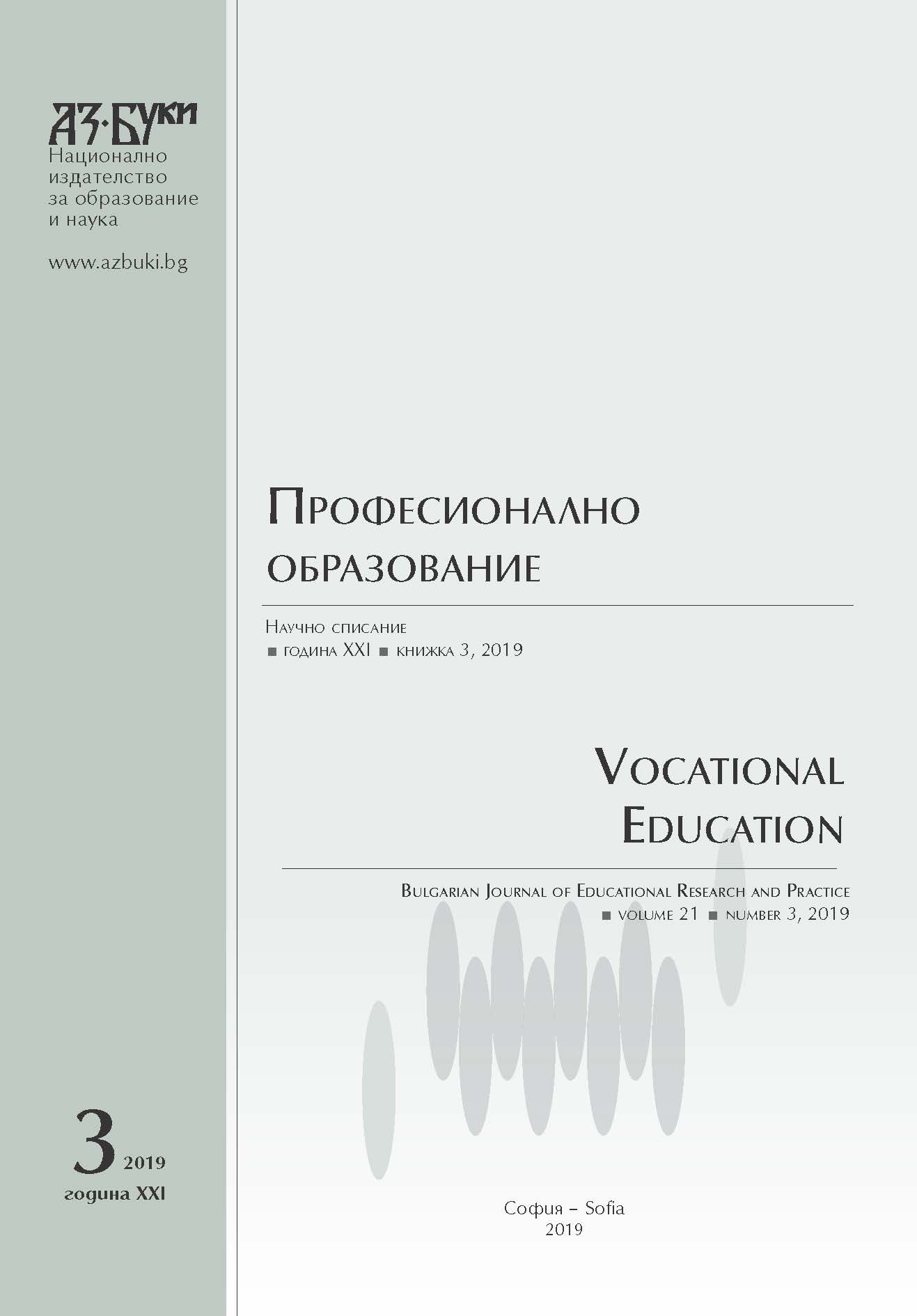
The need for developing a structural and functional didactic model of specialized training is being defined by normative requirements and results of an input, finding experiment. The described model analyzes the situation and models the possibilities for developing the complex cartographic literacy of students and for mastering the methodology for formation of cartographic literacy among the students in the initial training stage. The text reveals the conditions under which the training that uses the developed model, would optimally contribute to the building of professional competencies of primary teachers. The model itself is constructed on two levels: as a macro-frame and as a specific didactic solutions (model micro-frame)
More...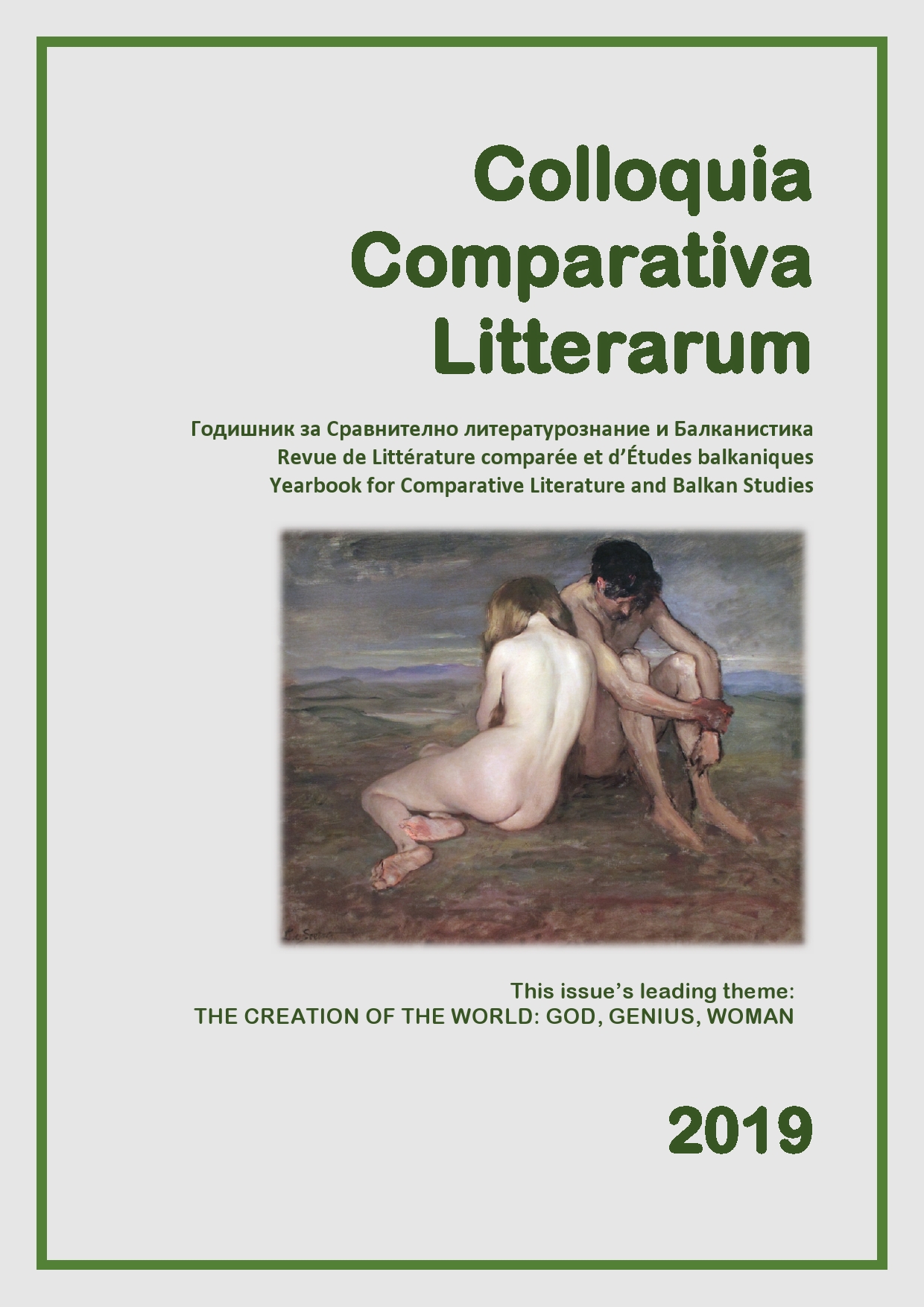
According to a Cathar legend retold in 1960 in the tale The Santa Estela del Centenari (The Holy Estella of the Centennial, written by Occitan and French author Joan Bodon or Jean Boudou, Satanael or Satan, the evil demiurge, had created the world. This account of the origins is also the story of the Bogomils in Bulgaria. The belief originated in Armenia, on the border between the Persian Sasanian Empire and the Eastern Roman Empire, between the 5th and the 7th centuries A.D. Since the end of the 19th century, however, these conceptions have resurfaced again in modern literature, theatre, novels, and poetry, both in Bulgaria and in France. What can a comparativist literary approach based on the scarce Cathar, Bogomil, and Paulician texts we have at our disposal reveal about this lost account of the origins of the world, and about the questions posed by Paulicians, Bogomils and Cathars on the existence of God, evil, and man?
More...
This essay presents a chronological and typological overview of the Slavic national and state anthems through the lens of Pierre Nora’s notion of “realms of memory”. A special focus is placed on the common practice of appropriating foreign and older national anthems and transforming them into new hymns. The Slavic state anthems are classified into three groups: anthems that have gradually become lasting realms of national memory, anthems that have the potential to become national realms of memory, and anthems that have failed to achieve a status of a realm of memory. Among the latter are the state anthems, created specifically for the needs of some of the totalitarian regimes in the Soviet block that are viewed today as ‘blemishes’ on the face of national history.
More...
This article presents the methodological grounds for teaching Comparative Literature of the Balkans as a subject within the syllabus of the Balkan Studies master’s degree programme at Sofia University “St. Kliment Ohridski”. The examples borrowed from the reception of Romanian literature in Bulgaria show the absence of targeted interest in neighbouring countries’ literatures. The reasoning continues with the discussion of cases in which a hypotext from French literature acquires a unifying role and allows for finding grounds for comparative studies (around ideas expressed in Naturalism and Symbolism) of the otherwise indifferent to one another South-Eastern European literatures, and quotes examples from Romanian, Bulgarian, and Greek literatures.
More...


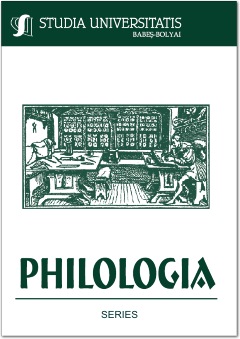
Developing Language and Intercultural Skills through an IaH Programme at University. Following up on a project on the impact of study abroad on the language and intercultural skills of university students, this paper focuses on how such skills can be developed through a specific “Internationalisation at Home” (IaH) programme (Beelen & Jones 2015) that combines domestic students’ mentoring of international students (“study buddies”) with weekly language exchanges and an English for Academic Purposes (EAP) course focusing on internationalisation and interculturality (Arnó et al. 2013). Based on previous findings that point to certain language and intercultural development as a result of a stay abroad (Cots et al., 2016; Llanes et al. 2016), we aim to find out if there are any changes among domestic students as a result of their participation in the programme. Language proficiency was measured in terms of the general score on a placement test as well as of oral skills measures. On the other hand, intercultural development was measured through closed questions about attitudes, knowledge, and behaviour—components of intercultural competence (Byram 1997)—together with open questions eliciting students’ perceptions of their participation in the programme. All in all, the results of this study can shed light on the provision of intercultural and international skills through EAP courses, based on expanded notions of EAP and ESP (English for Specific Purposes), which go beyond language to cover a wider range of skills.
More...
From CLILiG to Digital Tools: Developing Reading Strategies and Collaborative Skills for University Students. The article sets out to investigate how language awareness strategies found in the didactics of CLILiG (Content and Language Integrated Learning in German) can support, develop and train reading strategies and collaborative skills for university students. As a didactic concept, CLILiG is, on the one hand, the direct result of language policies. On the other hand, it is a natural response to the multilingual learner of today. The first part of the article focuses on CLILiG, its variants, main features (micro- and macro-scaffolding) and how digital tools for learning can be integrated in class, in order to make use of both language and specific content. The second part discusses two didactic examples designed for students studying in German Institutional Communication in the European Union at the Faculty of European Studies, Babeș-Bolyai University, Cluj-Napoca, Romania. The article offers a look into digital tools like Coggle and Padlet and how they can be used in class to train reading strategies and collaborative skills with university students. Students’ interaction with challenging texts in a foreign language and digital tools supporting a learning outcome can improve reading skills and allow students to find creative ways of understanding specialized content, especially because of the features digital apps like Coggle and Padlet have to offer.
More...
Webinar or Virtual Class in Language Learning. Currently, with the development of the new technologies that have revolutionized the world, language learning has also changed. Webinars or virtual classes or online seminars are increasingly present and appreciated for reduced cost and better time management. But are they as efficient as the traditional classroom? Webinars are an excellent solution for distance learning education and for foreign language learning. The webinar is an interactive seminar, conducted via the Internet, in real time. Not being required to attend the traditional classroom, students are able to follow the course from the comfort of home and, especially, are given the possibility of consulting later the teacher’s explanations, which offers more flexibility to the learning process, while the objectives pursued are the same as in the traditional classroom. The interaction remains similar to that of a face-to-face meeting and the learner is given immediate feedback, which helps him/her to discern strong and weak points, which is a very good modality of improving language skills. In the article entitled "Webinar or Virtual Class in Language Learning", we will present how to set up the webinar, the conditions of use, the succession of the training, the benefits and risks involved and examples and recommendations of good practice, so that teachers could make an informed choice when organizing a language class, whether traditional or virtual.
More...
A Review of Screen Capture Technology Feedback Research. Screen capture technology (SCT) is one of the most widely used technologies in teaching and learning. SCT allows the user to record the screen of their computer as if a video camera was pointed at it. Anything the user does on the screen is recorded as a video and their voice is also recorded. It is principally used to create learning assets. For example, a teacher can record themselves talking over a PowerPoint presentation or a graph and then share the resulting video with students. However, the same technology can be used to provide feedback on student’s written work. It is possible, for example, for a teacher to open a student’s written work onto the screen of their computer, mark the errors and problems with the work, turn on the SCT and record themselves working through the student’s work and providing feedback. The resulting video can then be sent to the student. The students can play back the video and see their teacher correcting their paper and they can also hear their teacher’s commentary. This idea has been quite extensively researched and has been enthusiastically received by both students and teachers. This paper attempts to summarise some of the findings from the growing body of research, much of which have been connected to the topic of English Language Learning. It also suggests possible directions for future research.
More...
Needs analysis and English for Legal Purposes Course Development: A Case Study on an ELP Syllabus Design for University Students. The present paper investigates the connection between students’ learning needs as reflected in the initial needs analysis and ELP syllabus design. Initiated at the beginning of the academic year the study investigates solutions to bridge the gap between the linguistic and professional needs of students attending legal English classes and their course syllabus. A typical challenge for the students’ instructor is the fact that they have little, typically no prior experience with the profession for which they hope to qualify during their studies. The fact that compulsory language courses are often placed in the students’ first year of bachelor study programmes makes the intention to offer relevant course content even more difficult. The structure of the article is the following: first is given a scope for the study, then needs analysis is presented in relation to teaching ESP for the general public and university students; finally, the findings are interpreted in the context of changes in teaching strategies and course design. The article concludes by pointing out that taking into consideration students’ expectations and needs is strongly correlated with the quality and the relevance of the course.
More...
Economics and the Humanities. A SWOT Analysis. According to some authors, economists and humanists have nothing in common, given the diametrically opposed intellectual approaches. In this article, I wish to probe the validity of that opinion by seeing whether “humanomics” departments (understood as the outposts of the humanities inside a field populated by economists) can make any positive contribution that both research areas may benefit from. In my description of the present state of the humanities in relation to economics, I will adopt a specific technique usually employed to analyse the state of a business organisation: its current strengths and weaknesses, but also the opportunities it should take advantage of and the threats it should try to avoid, in an attempt to see my own field with the clarity allowed by this particular economic research tool.
More...
Designing and ESP course according to what students want and need. An analysis of students’ needs and expectations. Starting from the premise that, in designing a course of English for Specific Purposes, the language instructor should also check and take into account what students want, the purpose of this article is to present information about the proficiency and diagnostic test and the needs analysis questionnaire applied to some first-year students enrolled at the Faculty of European Studies within Babeș-Bolyai University. The findings of our study showed the needs and the problems of our students, and revealed that they want to improve their communication, grammar, and writing skills, but they also want the English course to be enjoyable and to focus on various specialised topics, not only on their specific field of study.
More...